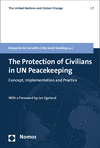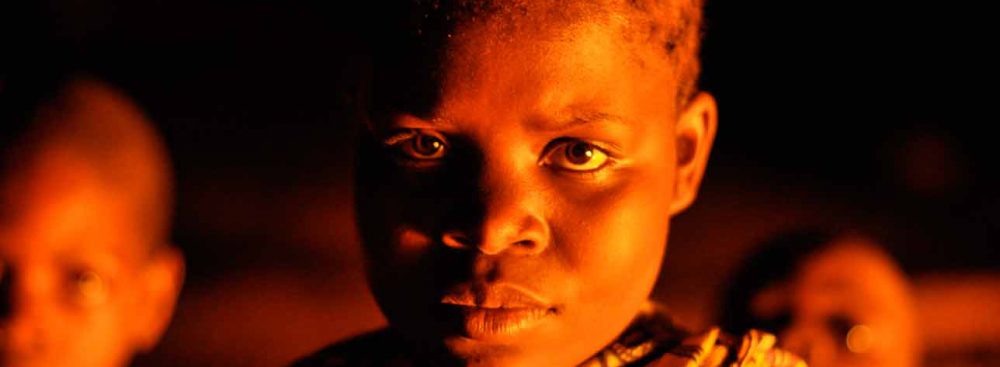
Last week, I finally had the time to finish de Carvolho and Sending’s book on the Protection of Civilians in UN Peacekeeping. On top of a foreword by former Emergency Relief Coordinator (aka head of OCHA) Jan Egeland, an introduction and an outro by the two editors, the book provides input in nine different chapters. The starting point is PoC’s persistent paradox: while protecting civilians in peacekeeping situations requires a comprehensive approach that combines humanitarian, human rights, security and political processes, the broad understanding results in confusion and makes PoC mandates difficult to implement in practice.
Accordingly, the book begins with four chapters on conceptual developments and the evolution on PoC mandates. Noteworthy is chapter three, which differentiates PoC from its twin concept of the Responsibility to Protect (R2P), stating that “PoC is meant mainly as a guide to how to act, not a trigger for whether to act”. The authors therefore caution that the two should be kept separately to avoid that R2P interventionist character tarnishes the legitimacy of PoC, which largely reflects what the Secretary General said himself in 2012. But the most interesting chapter is Stensland and Sending’s political economy analysis of protection. According to their argument, PoC is the playfield in which OCHA, DPKO, UNHCR and others formulate and advance different aspects of protection to compete for influence and resources. The uncertainty of the term is thus not mere coincidence, neither is it caused by the inherent challenges of protecting civilians, but rather represents the product of differing views and organizational interests. Particularly OCHA had good reasons to press for a vague and comprehensive definition of PoC, as it allowed addressing more issues, secure influence in the UN Security Council, and representing the demands of the humanitarian community.
In a second part, the book then turns to five case studies of PoC implementation in Africa: MONUC (Congo), AMIS and UNAMID (Darfur), UNMIS (South Soudan), MINURCAT (Chad) and UNMIL (Liberia). The empirical descriptions from the field are intended to familiarize the reader with the challenges for implementation, and provide an overview over the heterogeneity of understandings and practice. At the same time, reinforcing the understanding of practice also allows for a more academic perspective of the rupture between headquarters and field and the way that protection discourses are created and influenced on these different levels. However, although giving the reader a useful idea about what protection looks like in practice, the field chapters remain too descriptive and context specific. Instead of this sort of a report style, I would have expected more analysis, the identification of underlying mechanisms and maybe even some use of theory to produce real arguments and insights.
Obviously, this is a must read for people that are interested in or working on how the UN does protection. Originally quite excited about this book, I was disappointed that the leading researchers on protection have mainly restated earlier articles in not very engaging writing.
